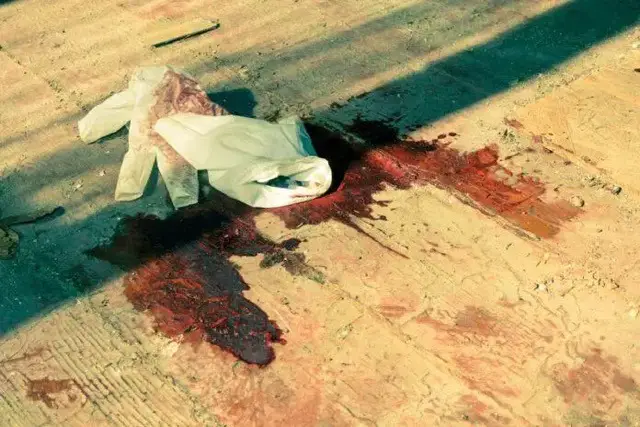DNA evidence retrieved from a knife sheath discovered at the site of a quadruple homicide in Idaho has been declared a “statistical match” to the alleged murderer, Bryan Kohberger.
In a motion submitted on June 16, prosecutors revealed that a DNA comparison, known as “STR,” was carried out between a cheek swab from the 28-year-old Kohberger and the sheath found partially beneath one of the homicide victims. Prosecutors stated the probability of the DNA being Kohberger’s was at least 5.37 octillion times higher than it being from a random, unrelated individual from the general populace.
The motion asked for a protective order to preserve specific aspects of the investigation, including raw DNA data, laboratory notes, the personal information of Kohberger’s relatives, and the identities of DNA matches from genealogical services. This new evidence demonstrates how genetic genealogy was used by investigators to pinpoint Kohberger as the main suspect.
According to prosecutors, Kohberger stands accused of the murder of four University of Idaho students – Kaylee Goncalves, Ethan Chapin, Xana Kernodle, and Madison Mogen – while they were in their off-campus dwelling in Moscow, Idaho. The crime occurred around 4 am on November 13. Kohberger, a former doctoral student in criminology at Washington State University, has pleaded not guilty to multiple charges and is due to stand trial in October.
The motion detailed that the sheath was found face-down, half hidden under Madison Mogul’s body and the bed’s comforter when authorities reached the crime scene. Initially, the Idaho State Lab concluded that the DNA on the sheath was from a male, but the FBI couldn’t immediately link it to any information on public genealogy websites.
To identify the source of the unknown DNA, the FBI started building family trees of genetic relatives linked to the suspect DNA found at the crime scene, as the motion explained. A significant break in the case came after a tip was received, leading investigators to Kohberger. Although the tip didn’t provide substantial evidence of guilt, it guided them to collect trash from Kohberger’s family home in Pennsylvania, where a DNA sample was gathered. Ultimately, a buccal swab was also taken from the suspect. Both sets of evidence were sent to the Idaho State Lab for testing, and a match with the DNA on the sheath was confirmed, according to prosecutors.











